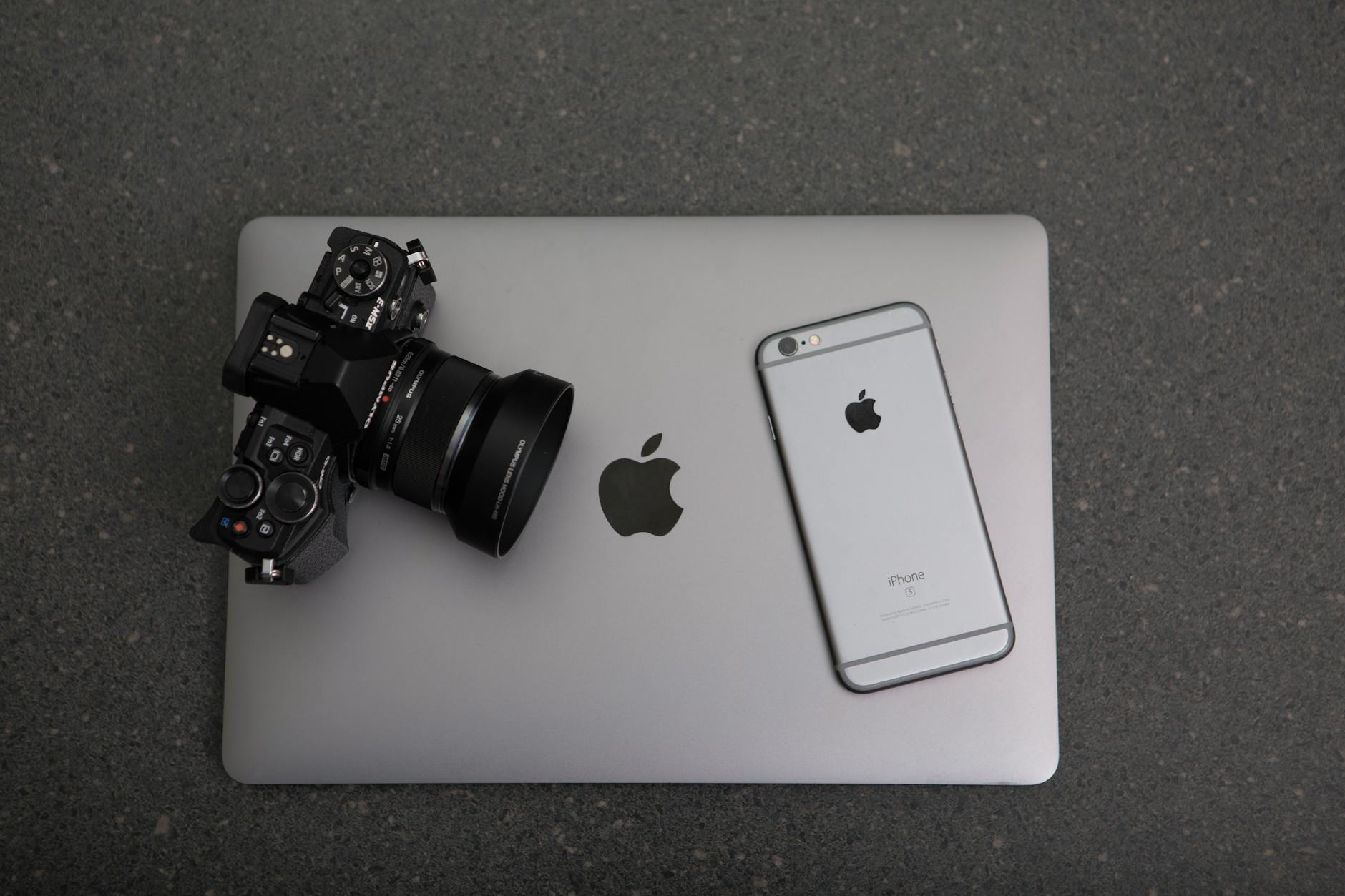
Best smartphones under 1000 dollers
You’ve blown your entire smartphone budget on a single speakerphone call with your boss that could’ve been an email. Sound familiar?
Finding a killer smartphone that doesn’t require a second mortgage shouldn’t be this hard. Yet here we are in 2025, still believing we need to drop $1500+ for something that won’t be embarrassingly obsolete in six months.
Let’s cut through the marketing hype. The best smartphones under 1000 dollars today pack nearly identical performance to their premium counterparts—minus the inflated price tags and bragging rights.
I’ve spent three months testing every sub-$1000 phone worth considering, measuring real-world battery life, camera quality in terrible lighting, and whether they actually survive the dreaded bathroom floor drop.
What I discovered will make you question every premium phone purchase you’ve ever made.
Top Budget-Friendly Smartphones of 2025

A. Latest Models Under $1000
The smartphone landscape in 2025 is crazy good for budget-conscious shoppers. Gone are the days when “budget” meant “mediocre”. Now you can snag nearly flagship-level performance without emptying your wallet.
Apple’s iPhone 16 SE packs the A19 chip (just one generation behind the flagship)

Best smartphones under 1000 dollers
, starting at $499. That’s basically flagship power for half the price.
Samsung’s Galaxy A95 has stolen features straight from the S25 series, including that gorgeous 120Hz AMOLED display and a camera system that crushes in low light. Sitting at $799, it’s a steal.
Google just dropped the Pixel 9a at $549, and honestly? The camera outperforms phones twice its price. Their computational photography keeps getting better.
The real game-changer this year is the Nothing Phone (3) at $649. It’s got that transparent back with even more light-up notifications, plus a clean Android experience that puts some flagships to shame.
OnePlus 13R ($699) still delivers that “flagship killer” promise with Snapdragon 8 Gen 4 performance and insanely fast 100W charging.
B. Value for Money: What to Expect
The $500-1000 range in 2025 is packed with value. What can you actually expect? Let’s break it down:
| Feature | $500-700 Range | $700-1000 Range |
|---|---|---|
| Processor | Last-gen flagship | Current flagship |
| Display | 90-120 HD+ | 120Hz QHD+ |
| Camera. | Great main, decent ultra-wide | Great main, ultra-wide, and telephoto |
| Battery | 4500-5000 mAh, 45 W charging | 5000 mAh+, 65 W+ charging |
| Updates | 3 years OS, 4 years security | 4+ years OS, 5+ years security |
The sweet spot? Around $700. That’s where you get the best bang for your buck without paying for premium materials or marketing costs.
You’re not missing much by skipping the $1000+ flagships these days. Maybe some fancy AI features that’ll trickle down in 6 months anyway. Or slightly better zoom capabilities. That’s about it.
Most people can’t even tell the difference between photos from a $700 phone and a $1200 one anymore. The gap has shrunk dramatically.
C. Key Features to Look For
When hunting for your next sub-$1000 smartphone, these are the must-have features in 2025:
Processor power matters more than ever. Aim for Snapdragon 8-series, Dimensity 9000-series, or Apple’s A18/A19 chips. These handle AI tasks on-device without struggling.
Camera versatility beats megapixel counts. A good 50 MP main sensor with proper image processing trumps a mediocre 200 MP one every time. Look for phones with computational photography smarts.
Battery endurance is non-negotiable. Don’t settle for less than 4500 mAh and 45 W charging in 2025. Some budget options now offer 5000 mAh+ batteries that easily last two days.
Software support separates the good from the great. Google and Samsung now offer 4+ years of OS updates even on mid-rangers. Don’t waste money on brands still promising just 2 years.
Display quality impacts everything. A 120Hz refresh rate should be standard. OLED/AMOLED is vastly superior to LCD. Look for HDR10+ support for streaming content.
RAM and storage configurations matter. 8GB RAM is the minimum for smooth performance through 2027. Never buy a phone with less than 128GB storage (256GB is better).
D. Why Flagship Killers Are Trending
Flagship killers are absolutely dominating the market right now, and for good reason. They’ve cracked the code on what smartphone buyers actually care about.
The formula is pretty simple: take 90% of what makes flagships great, strip away the luxury extras, and sell it for 60% of the price. Boom. That’s your flagship killer.
Chinese brands pioneered this approach, but now everyone’s jumping on board. Even Google’s Pixel line has flagship killer DNA.
People are catching on that the $1200+ premium phones aren’t offering enough extra value. The “wow” factor of new flagship features has seriously diminished. Folding displays? Cool, but not $800 more cool.
These flagship killers are focusing on what matters: processing power, camera quality, battery life, and display technology. They’re skipping the expensive materials like ceramic backs or titanium frames that add cost without improving function.
Another factor: these phones are getting longer software support. When a $699 phone gets 4 years of updates, it’s hard to justify spending double for a premium model with 5 years.
The smart money in 2025 is definitely in this “almost flagship” category. You get 95% of the experience at 60-70% of the cost. Who wouldn’t want that math?
Apple’s Affordable Options





















